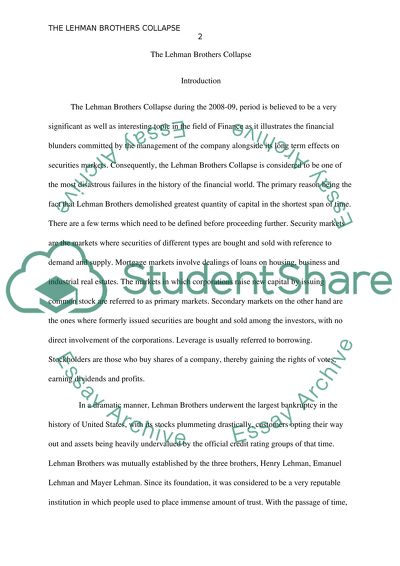Cite this document
(“The Lehman Brothers Collapse. Who, Why, How and Its Long-term Effects Term Paper”, n.d.)
Retrieved from https://studentshare.org/finance-accounting/1395358-the-lehman-brothers-collapse-who-why-how-and-its-long-term-effects-on-securities-markets
Retrieved from https://studentshare.org/finance-accounting/1395358-the-lehman-brothers-collapse-who-why-how-and-its-long-term-effects-on-securities-markets
(The Lehman Brothers Collapse. Who, Why, How and Its Long-Term Effects Term Paper)
https://studentshare.org/finance-accounting/1395358-the-lehman-brothers-collapse-who-why-how-and-its-long-term-effects-on-securities-markets.
https://studentshare.org/finance-accounting/1395358-the-lehman-brothers-collapse-who-why-how-and-its-long-term-effects-on-securities-markets.
“The Lehman Brothers Collapse. Who, Why, How and Its Long-Term Effects Term Paper”, n.d. https://studentshare.org/finance-accounting/1395358-the-lehman-brothers-collapse-who-why-how-and-its-long-term-effects-on-securities-markets.


